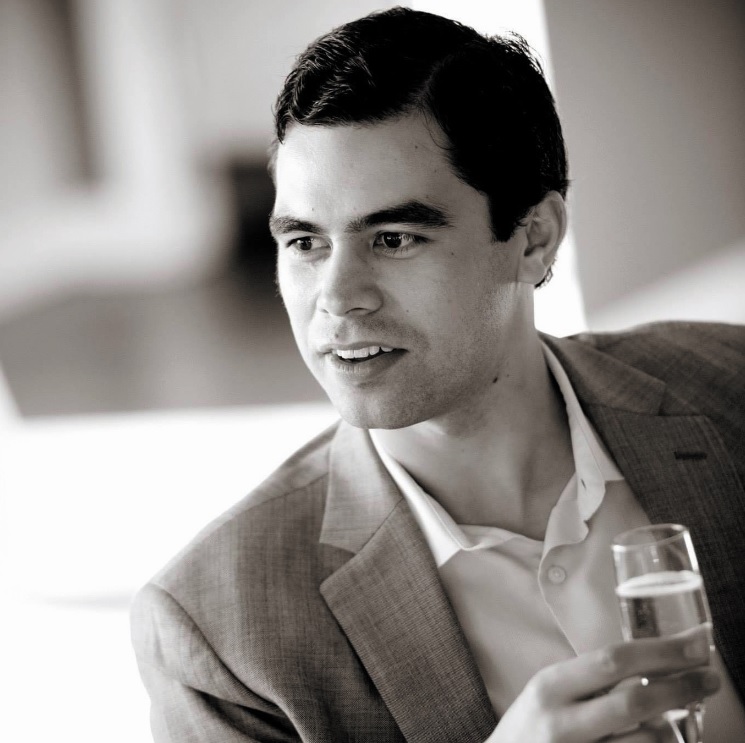
A view from the city: Manila
Hamish Smith speaks to Lee Watson, Bar Consultant, Manila
Tell us about the tradition of drinking in Manila. How have people traditionally consumed alcohol?
Manila, and the Philippines in general, is very much a San Miguel-drinking culture. San Miguel is the affordable local beer. By no means would I call it a cheap beer, since it stands up against any of the large international brands. It’s an equalising product, which people from all social classes will consume.
Among the lower classes, a gin called Ginebra, also produced by San Miguel, is popular. This is primarily due to price, but it has made the Philippines one of the largest gin-consuming countries in the world. Rum would be the more obvious popular local spirit, since sugarcane is so plentiful in the Philippines. The most popular local rum is Tanduay. For a more indigenous local spirit there’s lambanog, made from coconut sap.
Among more upscale crowds in Manila, it’s more of a whisky-drinking culture.
When did cocktail culture and fine-drinking arrive?
If I had to pinpoint the beginning of fine drinking culture in Manila, it would probably be the opening of Blind Pig almost six years ago. Before that the best places to drink would probably be the bars in the Mandarin Oriental Hotel. Martinis was a lounge featuring live music and an extensive selection of cocktails. At the time, it was THE place to get a cocktail. But, by today’s standards the cocktails would seem simplistic. Next door was Kipling’s, the famous single malt scotch and cigar bar. Unfortunately the Mandarin closed a couple years ago, along with Martinis and Kipling’s. But Blind Pig and the other craft bars to follow are still going strong.
What are the pioneer bars and who runs them?
Blind Pig really paved the way for serious craft/cocktail bars the past few years. It is a proper speakeasy in the tradition of the modern-day speakeasies coming from New York. Joey Cerdinia has led the bar there but hasn’t quite got the recognition of the ’tenders in some of the other bars which have followed. I personally encourage him to join competitions and get his name out there. However, he has recently opened his own bar, Hanky Panky, which will definitely be one to watch.
The next major bar to open was the Curator, where they downplay décor and ambience. There it’s all about the cocktail. And frankly, I feel they produce the most technically skilled bartenders in town. Yoma from Curator became the Philippines finalist for Diageo World Class a year after the bar opened. Yoma eventually left for 28 Hong Kong St which soon after was awarded #1 on the list of Asia’s 50 Best Bars.
The next major bar was my bar, ABV, which was heavily inspired by the speakeasies in New York, specifically PDT. It was my first bar as an owner. We had a great group of guys behind the bar. My biggest accomplishment was putting together a great team, lead by Ken Bandivas who later became the Philippine finalist for Diageo World Class. This led to the bar being awarded #14 in Asia’s 50 Best bars.
Other notable bars include Las Flores, Rambla, Niner Ichi Nana, Long Bar in Raffles, and my new bar Bitters (disclaimer: shameless self promotion).
What are your favourite places to drink in Manila?
When I’m not at my own bars, my favourites are Curator and Blind Pig. They simply make the best cocktails in town. Las Flores and Rambla would come soon after that. These are both restaurants with great food but the ’tenders are great in both. I used to be a fan of the Long Bar in Raffles when the original team was there. With me it’s more about the bartender than the bar.
What cities do Manila bartenders look up to?
I would say Singapore is the city they look up to the most. There are several well-known Philippine bartenders in Singapore. Yoma of course is at 28 Hong Kong St. There are quite a few Philippine bartenders at Manhattan Bar.
After Singapore the next most influential city is probably Tokyo. Several bartenders in the Philippines have adapted the Japanese style of bartending. Ueno San from Bar High Five in Tokyo has become friends with the guys from the Curator and has been to the country several times. I am not aware of any Philippine bartenders in Tokyo, but in terms of influence, Japanese bar techniques have had a big influence on local bartenders.
What are the challenges you face to developing a world-class bar scene?
Ultimately it’s supply chain. There is no shortage of enthusiasm and talent in the country. With the internet, all the information is at everyone’s fingertips. But sourcing bottles of spirits can be one of the biggest challenges. Some of the basics are hard to get in the Philippines. Rare bottles are frequently brought in one at a time by suitcase. For many of the best bars in Manila, a good portion of the inventory is brought in this way.
